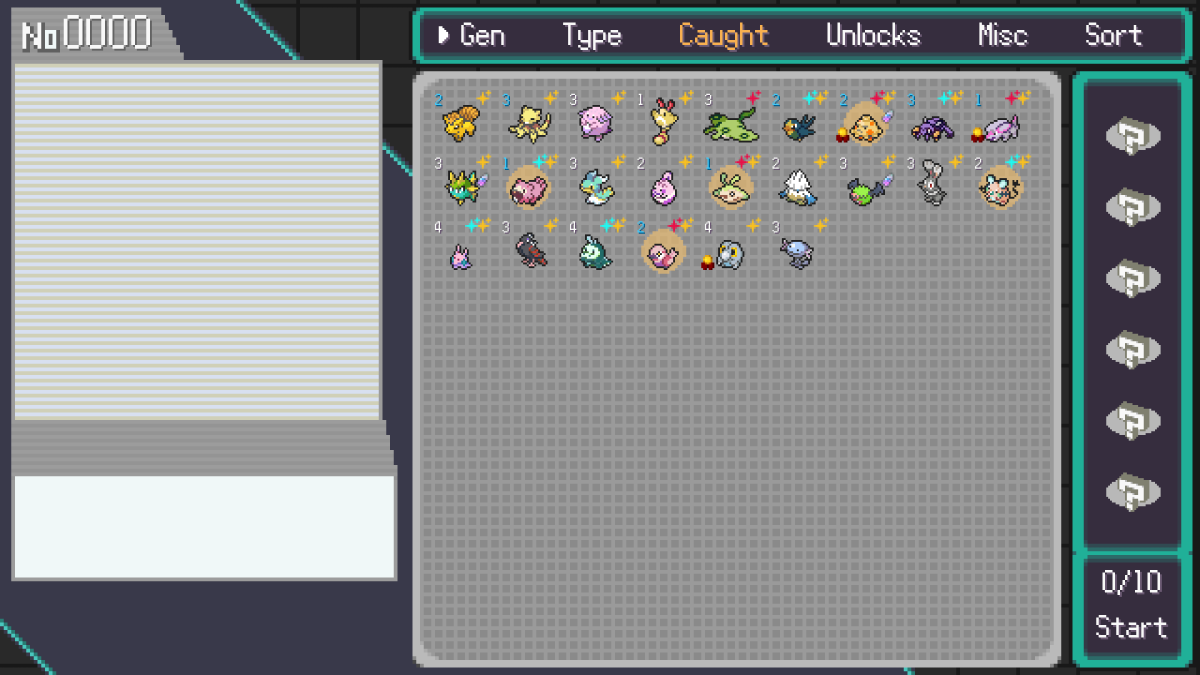College students are universally known for being broke. We’re cheap, even when it comes to living expenses that are necessities, like food. So in the public university system of Wisconsin, it is a great relief to have our textbooks available as rentals. This enables the student body to check out reading materials for a class that may have otherwise cost them $100 or more per book.
However, despite the great assistance the rental program provides to UW-Eau Claire students’ wallets, it can still add up quickly.
Since the professor of each class is allowed to use discretion toward book choice, there can be problems with acquiring a rental instead of having to purchase one.
For instance, an instructor can make it mandatory that all students taking their class have to buy the book the professor themselves has written. This is a problem that could be classified as extortion, particularly if a student has to take this class in order to graduate.
Educators at the college level also tend to want to use newer books, which is great because it helps keep knowledge relevant in regard the ever-changing world and can be good in breaking common thought and ideas that are outdated or inaccurate.
The issue that arises from this practice is somewhat like one of supply and demand. For the first years of use in the class—unless the price is exorbitant, to my understanding—students will be charged for less expensive books in order to “prove” that the demand is high enough for the class to survive. This unfair practice is common on campus, and when the books get older, since the price goes down, they become rentals instead of ones required to buy.
As far as these books go, a student could rack up $200 per semester depending on their other courses, which is a small number compared to those in certain majors, such as nursing or English.
Classes in the English department are another area that undergrads apart from the major/minor avoid due to having to buy several books per semester. Heavy reading has been the foundation to each class I have taken for general education credits and three books alone will charge a student up to $50.
Library cards are a huge help, but what about those professors that insist you write your thoughts in the margins?
It is a never-ending battle for students to keep their heads above water regarding their finances. They are already paying tuition with fees thrown here and there and then add payments for books that—let’s face it—many students are only going to read once, if they read the entire thing at all, to either keep or sell back at the end of the class. It can feel like quicksand for many.
A huge problem with this process is also the sell back program. They offer students the chance to give back used books that had been purchased four months prior, which appears great because the price will make up for some of the money lost when purchasing the book at the beginning of the semester, though it hardly makes a dent. Some text purchases can amount to nearly $20 a piece and the bookstore will offer to buy them back for around $7.
Better plans should be implemented to improve the system. While it is comparably better than most, clearly there is room to advance and make the textbook routine a little less monotonous and a bit more wallet-friendly.






